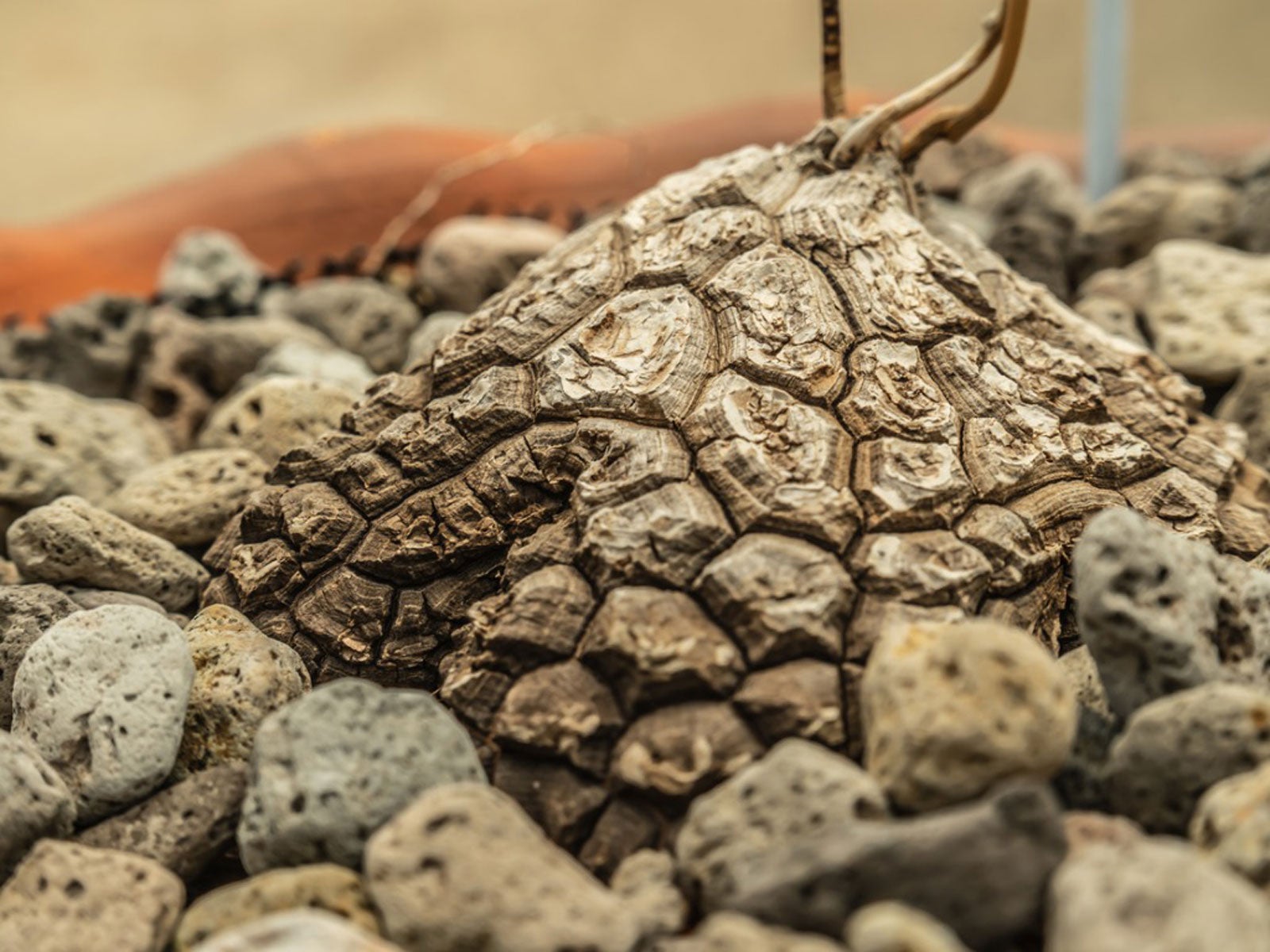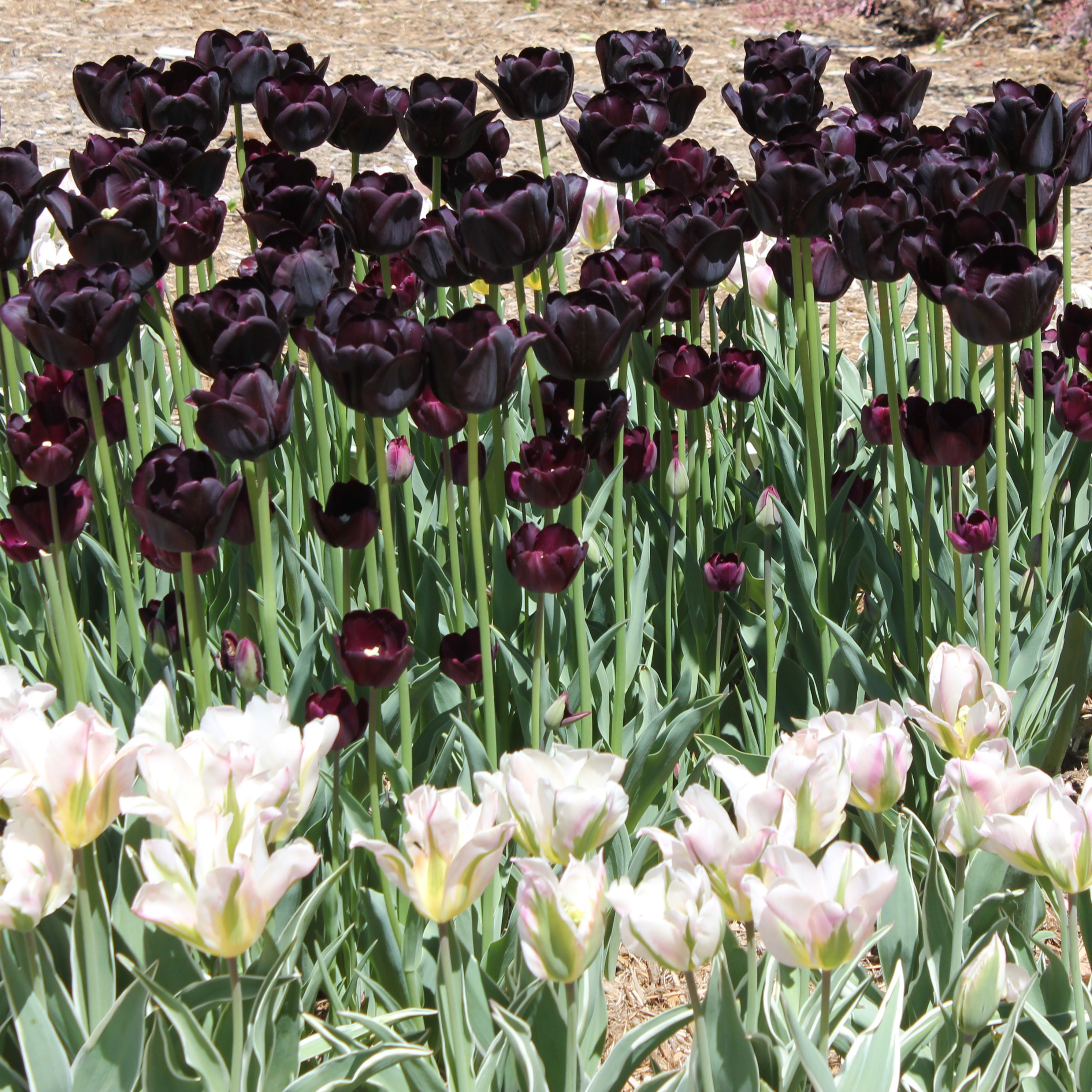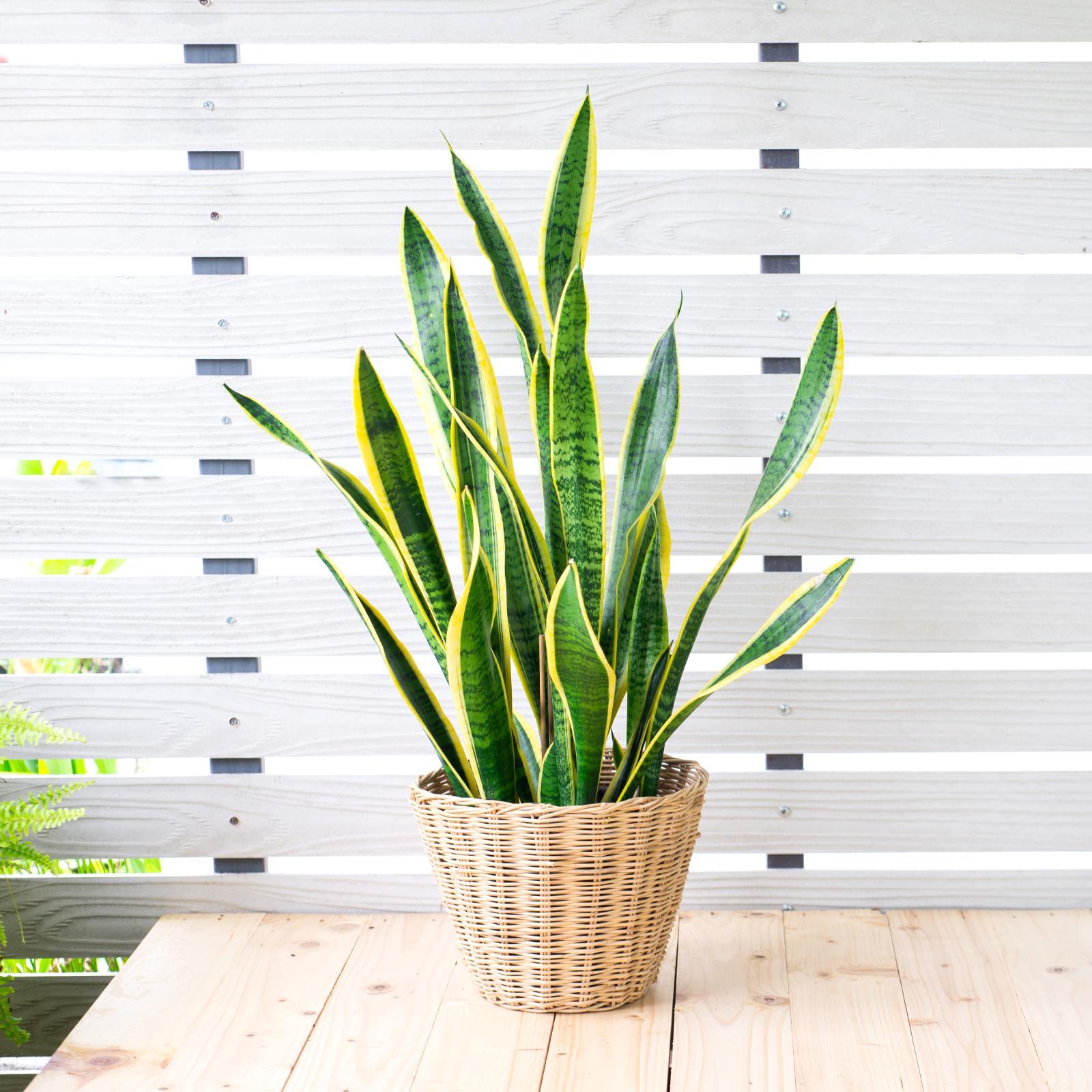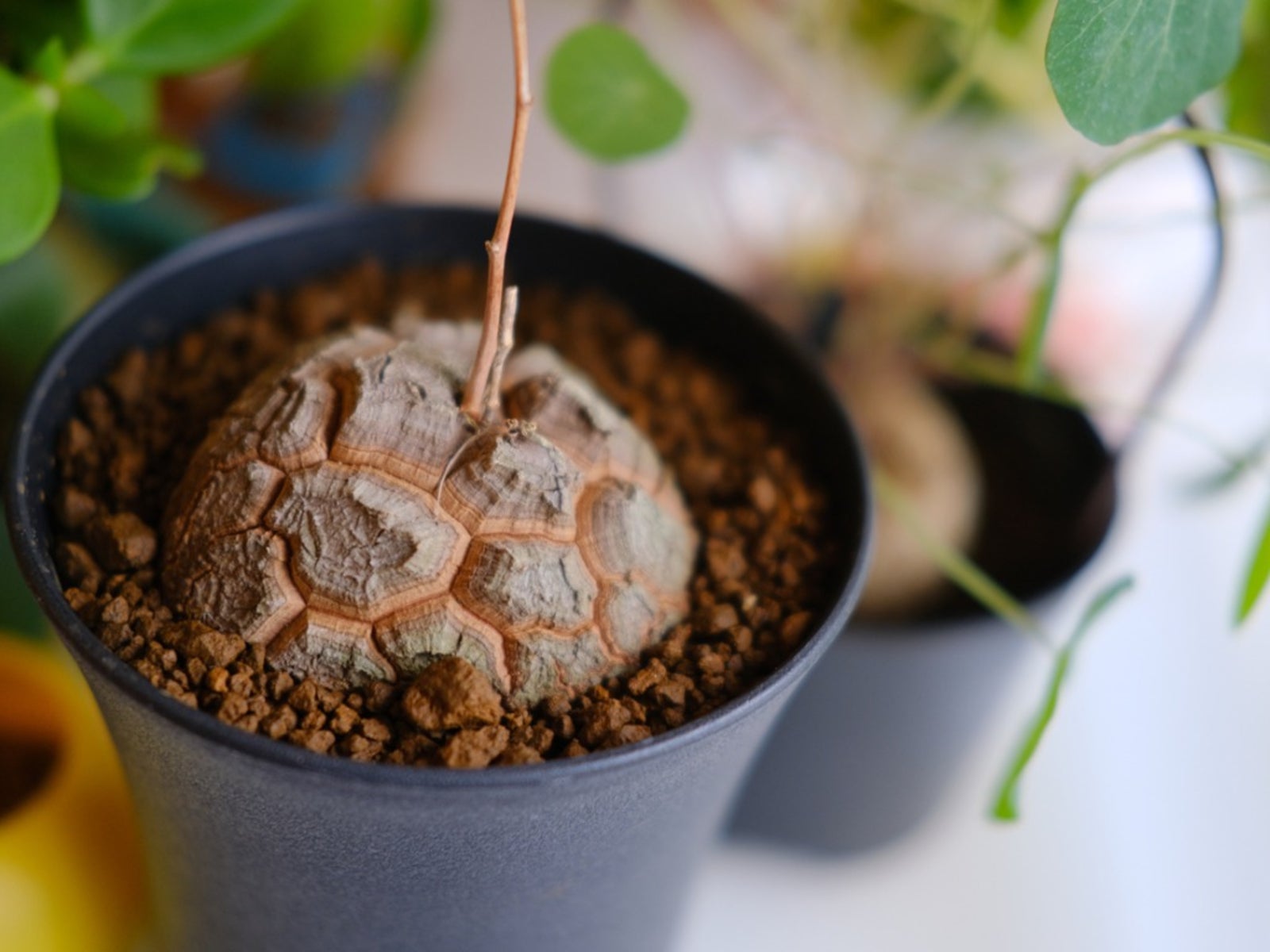Mexican Yam Info – Growing A Mexican Yam Root


Although Mexican yam root (Dioscorea mexicana) is related to culinary yams, this Central American native is grown primarily for its ornamental value. Also called tortoise plant, the pattern made by this interesting tuber resembles that of a turtle shell.
What is a Mexican Yam?
Mexican yam root is a perennial warm-weather vining plant with an enlarged tuberous caudex or stem. Each season, another tuber forms and sends up a deciduous vine with heart-shaped leaves. The vines die back during the cold season, but the “tortoise shell” caudex continues to grow as it sends up one to two new vines per year.
The attractive tortoise shell-patterned caudex makes Mexican yam root a desirable specimen plant for warm coastal climates. It's shallow roots also allows the tortoise plant to thrive as a container plant in non-temperate zones.
Mexican Yam Info
Growing Mexican yams is similar to that of its cousin, Dioscorea elephantipes, elephant foot plant (and also shares the same common name tortoise plant). Hardy in USDA zones 9a to 11, you may want to grow the plant in a container in cooler regions. This way you can easily bring it indoors prior to the onset of colder weather.
Sow Mexican yam seeds ¼ inch (6 mm.) deep in a quality seed-starting soil. Keep seed trays in a warm location and provide indirect light to promote germination. The caudex of seedlings grows underground for the first few years.
For the best results, follow these guidelines when growing Mexican yams:
- When transplanting, place Mexican yam root plants on top of the soil. Tortoise plants don't send roots deep into the soil, but rather the roots grow laterally.
- Use well-draining potting soil or place in a well-drained area of the garden.
- Keep the soil only slightly moist during the dormant season. Increase watering when the plant begins to grow.
- Vines can reach 10 to 12 feet (3-4 m.). Provide a trellis to support the vine. Pinch back the shoots if the plant grows too vigorously.
- Provide shade for the caudex when planting outdoors.
- Protect potted Mexican yam plants from frost.
Although Mexican yam root plants can be difficult to locate, they are easy to grow and make beautiful accent plants to any room or patio.
Gardening tips, videos, info and more delivered right to your inbox!
Sign up for the Gardening Know How newsletter today and receive a free copy of our e-book "How to Grow Delicious Tomatoes".

Laura Miller has been gardening all her life. Holding a degree in Biology, Nutrition, and Agriculture, Laura's area of expertise is vegetables, herbs, and all things edible. She lives in Ohio.
-
 Moody Blooms For Spring: 8 Types Of Black Flowers To Add Drama To Spring Displays
Moody Blooms For Spring: 8 Types Of Black Flowers To Add Drama To Spring DisplaysFrom midnight burgundies to inky violets, several types of black flowers can enrich and embolden a spring display. Try these brooding bloomers for a moody garden
By Tonya Barnett
-
 Can Snake Plants Live Outside? Everything You Need To Know For Snake Plants Al Fresco
Can Snake Plants Live Outside? Everything You Need To Know For Snake Plants Al FrescoSnake plants can live outside given the right conditions, but be careful that they don't take over! Learn the best way to use snake plants in your landscape.
By Mary Ellen Ellis
